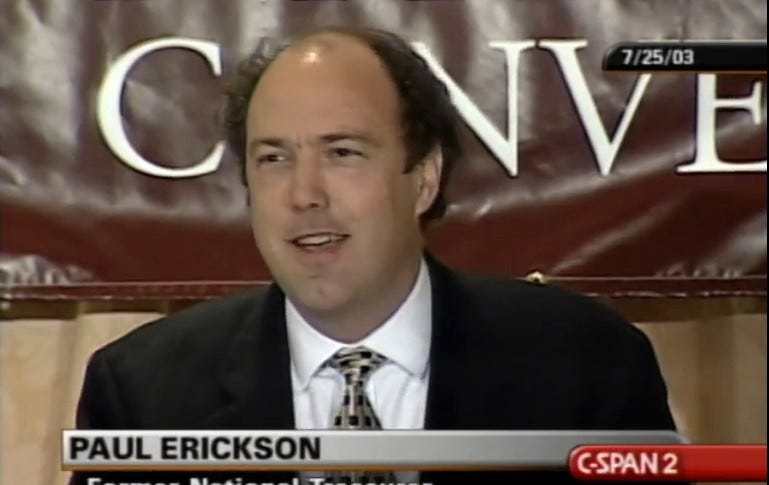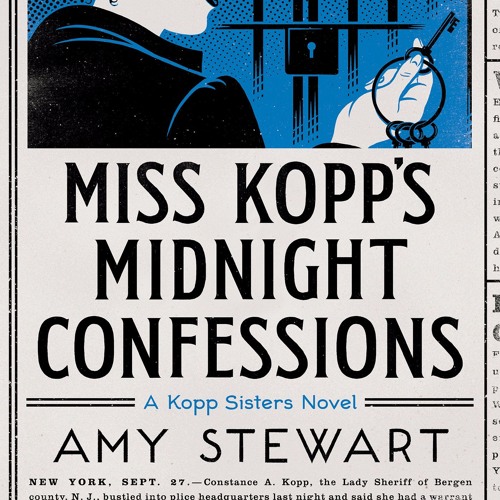My German colleague and I were driving to Stuttgart in the nastiest weather. Evening set in like a black curtain falling as winds and torrential rains rocked and hammered our Audi. Thunder boomed like cannon. Lightning blinded us.
Waters in the roads rose, overloading storm sewers. Wrestling the steering wheel, Dedrick slowed to a crawl to avoid hydroplaning. When we turned into one village, waters gushed down the cobblestones like a river. We yielded in the furious face of Mother Nature and pulled up to a pub.
The dash inside the alehouse soaked us to the skin. The pub’s humidity approximated that of an overfilled aquarium without the nice filtration. Weather reports suggested we’d be holed up for several hours.
This kneipe had last been plastered and painted about the time the Kaiser’s coach last passed through. Its toiletten plumbing surely predated the Austro-Hungarian Empire.
The bar ran nearly the length of the room stopping short of the left wall so barmaids could pass back and forth. There sat pinball machines flanking a door. Besides serving the taproom, waitresses also passed through the door, carefully closing it behind themselves.
Two waitress wore prim, high-collar blouses, but our hyper-blonde server wore a bodice cut like a bushel basket, barely containing the fruits of her Nordic genes. All went for naught. Noses in glasses, no one paid attention. A kind of miasma seemed to have settled upon the bar.
The place didn’t decorate its walls with kitsch, memorabilia, or antiques, faux or otherwise. Apparently some visitors left behind traces of chewing gum, perhaps from a New Jersey teen who’d run off to London to become part of the Beatles scene. Visiting German nightclubs and bars, she’d retraced their up-and-coming route through villages like this. She’d disappeared here one evening in 1966, said the barmaid, probably gypsies.
A speaker piped in some sort of deutscher Musik. Whenever someone would switch it on, a man stormed out of the kitchen to shut it off.
A few patrons morosely chatted, exhibiting none of the camaraderie of American taverns or English pubs. A few sat alone, sullen, possibly glum from the relentless rains and floods gushing down the straße. When barmaids opened the door off the bar, traces leaked out of stentorian words, wisps of a laugh, strains of singing.
A man wearing a slouch hat dropped into a booth across from me. The ID tag on the briefcase chained to his wrist might have read Antonio Prohías. His valise covered letters carved into the table. I could make out the letters ‘…child…’.
My colleague was becoming inebriated. After a glass of Mosel, I switched to Coca-Cola, that American abomination that everyone loves. It meant I’d do the driving once the downpour let up.
When slouch-hat man unlocked his briefcase, My imagination made out the rest of the lettering carved in the table, maybe Erskine Childers.
“Kaffee,” mumbled Dedrick in half English. “Die bardame, tell her kaffee. Gott, I need kaffee.”
The barmaids had wandered off, but I stayed attentive, waiting for one to appear. Within moments, one whooshed out of the kitchen. She balanced a tray on a pinball machine, levered open the side door, and disappeared inside. This time she didn’t close it.
1848~1933 |
1935~1945 |
1949~20xx |
“Dedrick,” I hissed. “Damn it, Dedrick, snap to. Take a look.”
My companion blearily opened his eyes and turned. He stiffened.
The barmaid glided back through the door and headed for the kitchen. The speaker suddenly noticed. He pointed sternly toward the door, nearly pointing at me.
A man in a pressed, light brown uniform strode into view. Was that… Was he wearing a Sam Browne shoulder strap? This sergeant-at-arms glanced around and firmly shut the door.
Dedrick instantly sobered.
“Did you see what I saw?” I asked.
“Shh. Shut up in here.” He glared out the window at the rain. “Can you drive?”
To avoid the appearance of panicked departure, we abided another twenty minutes, then dashed toward the Audi, awash in rushing water.
Once out of town, I steered toward Stuttgart.
“What was that?” I asked.
“I don’t know.”
“Was it…?”
“I know what you’re thinking. No. The Nazi Party is illegal in Germany, banned with good reason.”
“But…”
“Don’t speak of it, not here, not now.”
So in a rain-soaked village overlooking a riverbed disguised as a cobblestone street, a curious gathering took place in a private room adjacent to a scruffy bar. Maybe Garbage Collectors Union Local 101 were merely meeting that evening. Perhaps they shared a penchant for neatly pressed brown uniforms and red bunting with dramatic dashes of black and white.
Or maybe it was something else entirely.
Next time: Ladybug Nazi versus the Valkyrie




































